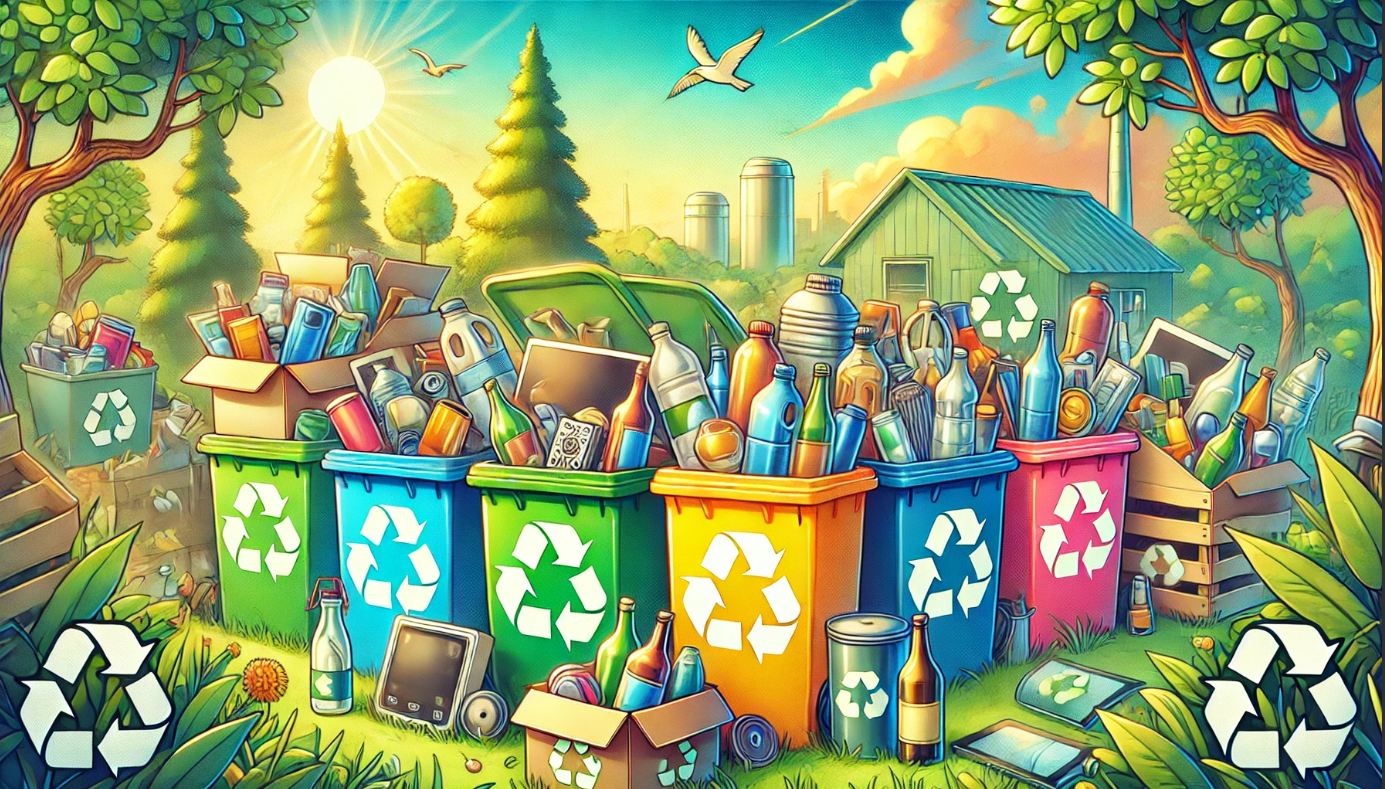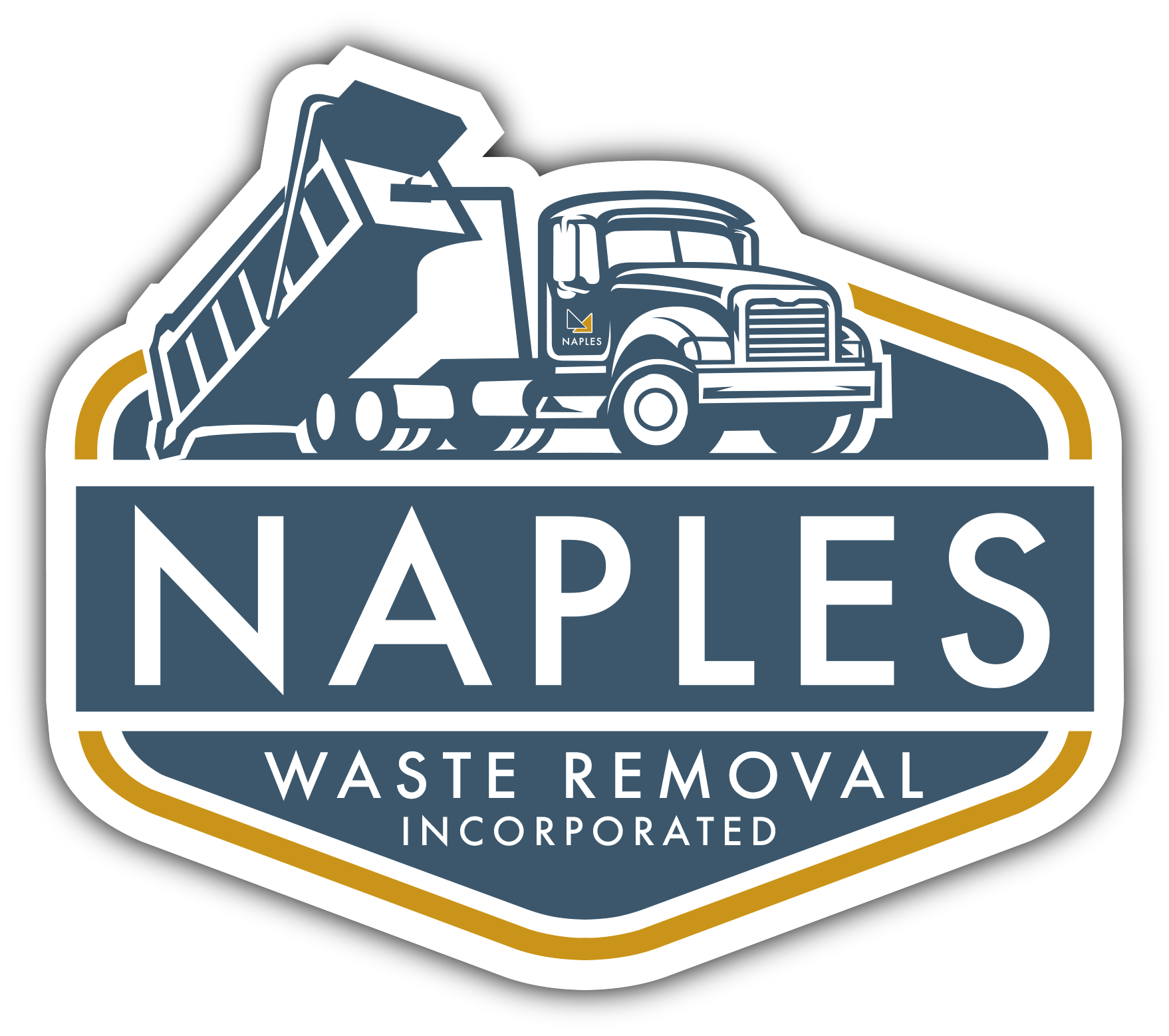
The Importance of Recycling Unwanted Items for a Cleaner Environment
We all accumulate unwanted items—whether it’s an old couch, broken electronics, or worn-out clothes. But when it's time to clear them out, what happens next? Instead of simply discarding these items in a landfill, recycling provides a responsible and sustainable solution. Recycling helps preserve resources, reduces waste, and protects our environment. In this guide, we’ll cover how recycling unwanted items can make a significant impact and provide easy-to-follow steps for getting started.
Why Recycling Unwanted Items is Important
Recycling is more than just tossing paper in a bin. Every item you recycle reduces landfill waste, conserves energy, and lessens the demand for new raw materials. Here’s why it matters:
- Resource Conservation: Recycling materials like metals, glass, and plastics saves raw resources needed for new products.
- Energy Savings: Recycled materials require significantly less energy to process than new ones.
- Pollution Reduction: By recycling, fewer toxins and greenhouse gases are emitted from landfills and production processes.
Environmental Impact of Not Recycling
Items that end up in landfills contribute to pollution and greenhouse gas emissions. For example, electronics contain harmful chemicals that can leak into soil and water. Similarly, plastic takes hundreds of years to decompose, all while breaking down into microplastics that pollute ecosystems.
How to Start Recycling Unwanted Items
Knowing what can be recycled is only the beginning. Here’s a step-by-step approach to recycling your unwanted items efficiently:
- Identify Recyclable Items: Separate your junk by type—electronics, metals, plastics, and textiles. Check local guidelines, as not all recycling centers accept every material.
- Find a Local Recycling Center: Many cities have recycling centers or designated drop-off locations for various materials.
- Prepare Items for Recycling: Some items need to be cleaned or disassembled. For example, remove batteries from electronics or separate plastic from metal components.
- Donate When Possible: If an item is still in good condition, consider donating it. Many charities accept furniture, clothes, and working electronics.
- Dispose Responsibly for Non-Recyclables: Items like certain plastics, ceramics, and treated wood may need special disposal. Research eco-friendly disposal options.
Commonly Recycled Unwanted Items
Not all items are recyclable, but many everyday unwanted items can be:
| Item | Recycling Options | Environmental Impact |
|---|---|---|
| Electronics | E-waste recycling centers | Reduces harmful chemicals in landfills |
| Metal Appliances | Scrap metal facilities | Conserves metals like aluminum and steel |
| Textiles & Clothes | Donation centers, textile recycling programs | Reduces textile waste |
| Plastics | Local recycling facilities or specific drop-offs | Prevents plastic pollution in waterways |
| Glass | Curbside recycling or bottle redemption centers | Saves energy over creating new glass |
| Paper | Curbside recycling | Saves trees and water resources |
Tips for an Effective Recycling Routine
Creating a habit of recycling unwanted items can make a big difference. Here are some tips:
- Set Up Separate Bins: Use separate bins for metal, paper, plastic, and electronics to make sorting easier.
- Check Local Rules: Recycling rules vary by location, so stay updated on what’s accepted in your area.
- Encourage Family Participation: Make recycling a family activity by educating children on its importance.
- Partner with Recycling Services: If you have large or heavy items, some recycling services offer pickup options.
Relatable Example
Imagine you’re cleaning out your garage and find an old, broken microwave. Rather than adding it to the trash, you take it to a recycling center that handles electronics. This choice helps reduce toxic waste and allows materials to be reused.
Benefits of Recycling Unwanted Items
Understanding the benefits of recycling unwanted items can reinforce your commitment to the process.
- Reduced Landfill Waste: By recycling, you prevent usable materials from contributing to landfill overflow.
- Energy Conservation: Recycling metals like aluminum can save up to 95% of the energy needed to make new products.
- Lower Pollution: Reducing landfill use means fewer pollutants leaking into air and water sources.
- Job Creation: Recycling centers provide employment opportunities, supporting the local economy.
- Sustainable Future: Recycling helps preserve natural resources, ensuring they’re available for future generations.
Recycling FAQs
Q: What items cannot be recycled?
While most common materials like metal, plastic, and glass can be recycled, some items, like ceramics, batteries, and certain types of plastic, are not accepted in traditional recycling programs. It’s best to check with local facilities for specific guidelines.
Q: How can I recycle electronics safely?
Electronics should be taken to an e-waste recycling center. Remove any personal data and, if possible, the batteries, which may need to be recycled separately.
Q: Is it better to donate or recycle clothes?
If clothes are still wearable, donation is a more sustainable option. For unusable textiles, check if local centers offer textile recycling.
Q: Can all plastics be recycled?
No, only specific types of plastic can be recycled in most curbside programs. Look for a recycling symbol with a number that indicates its type, and verify which numbers are accepted locally.
Q: How does recycling help reduce pollution?
Recycling reduces the demand for new materials, cutting down on energy-intensive processes that produce pollutants. It also prevents items from sitting in landfills, where they can release harmful gases and toxins.

Naples Waste Removal is committed to providing affordable dumpster rentals, property clean-outs, junk removal and demolition services.
Menu
All Rights Reserved | Naples Waste Removal
